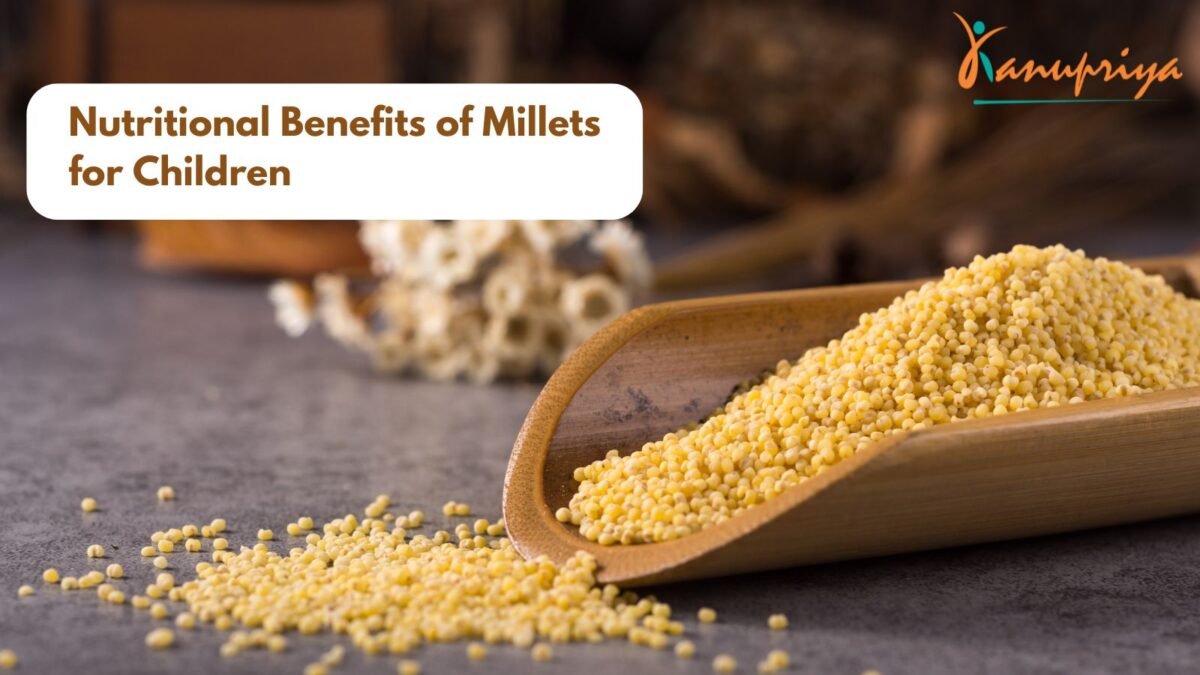In today’s fast-paced world, parents are constantly looking for nutrient-dense foods to support their children’s growth and development. One such traditional superfood that has been making a comeback in modern nutrition is millets. These ancient grains have been a staple in many cultures for centuries, offering a powerhouse of essential nutrients that can play a crucial role in child nutrition. Let’s explore why millets deserve a place on your child’s plate.
What Are Millets?
Millets are small-seeded, hardy grains that have been cultivated for thousands of years. They are naturally gluten-free, rich in fiber, and packed with essential vitamins and minerals. Some of the most common types of millets include:
- Finger Millet (Ragi) – High in calcium and iron, essential for strong bones and healthy blood.
- Pearl Millet (Bajra) – Loaded with magnesium and phosphorus for brain development and energy production.
- Foxtail Millet – A good source of protein and B vitamins for overall growth.
- Sorghum (Jowar) – Rich in antioxidants and fiber for better digestion.
- Little Millet – Contains essential minerals like potassium and zinc for immune support.
Nutritional Benefits of Millets for Children
1. Rich Source of Energy
Children need a steady source of energy to fuel their active lifestyles. Millets are rich in complex carbohydrates, providing sustained energy release without blood sugar spikes.
2. Excellent for Bone Development
Finger millet (ragi) is one of the richest plant-based sources of calcium, making it a fantastic food for bone health and preventing deficiencies like rickets.
3. Boosts Immunity
Millets contain essential vitamins and minerals such as zinc, iron, and vitamin B6, which help strengthen the immune system and protect against infections.
4. Aids Digestion
With their high fiber content, millets promote healthy digestion and prevent constipation, a common issue among children.
5. Supports Brain Development
Pearl millet and foxtail millet are packed with iron and B vitamins, which are vital for cognitive development, memory, and concentration.
6. Gluten-Free Alternative
For children with gluten sensitivities or celiac disease, millets offer a safe and nutritious alternative to wheat-based foods.
How to Include Millets in Your Child’s Diet
Millets can be easily incorporated into a child’s daily meals in fun and delicious ways:
- Porridge (Ragi Malt or Bajra Porridge) – A warm, nutritious breakfast option.
- Millet Pancakes – Made with foxtail or little millet flour for a tasty start to the day.
- Millet-Based Roti or Chapati – A healthier substitute for regular wheat-based rotis.
- Millet Puffs or Snacks – Perfect for school lunchboxes.
- Millet Kheer or Pudding – A nutritious dessert packed with natural sweetness and flavor.
- Millet Dosa or Idli – A fermented option that enhances digestion and nutrient absorption.
Final Thoughts
Millets are a time-tested superfood that offer a wide range of health benefits, making them an excellent choice for growing children. They provide essential nutrients for energy, immunity, brain development, and digestion while being naturally gluten-free. By incorporating millets into your child’s diet, you can ensure a balanced, nutrient-rich foundation for their overall well-being.

